iPhone 5s vs. iPhone 5c vs. iPhone 4s: Which iPhone should you get?
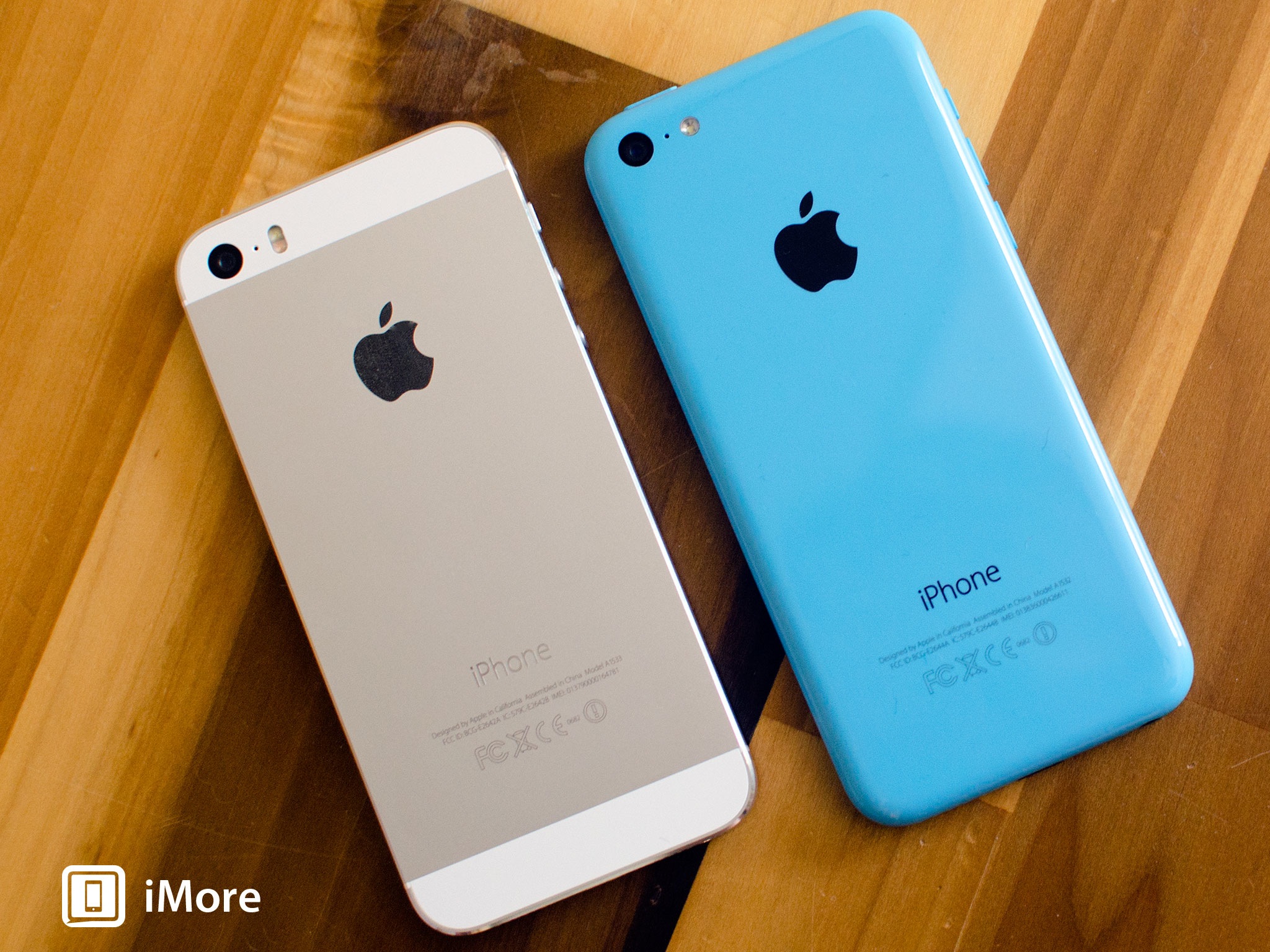
2014 iPhone buyers guide: How to choose the perfect high-end iPhone 5s, less-expensive iPhone 5c, or zero-dollar iPhone 4s for you!
Once you know you're getting an iPhone and now, you need to decide which iPhone you want to get. While some might consider the the latest, greatest iPhone 5s a no brainer when it comes to their next purchasing decision, others might think the funner, less expensive iPhone 5c, or even the hold-over iPhone 4s is a much better value. If you're on-contract, you'll be paying a couple thousand dollars over the next couple of years anyway, so a few hundred for up-front may not matter to you. However, if you don't have that couple extra thousand up front, especially if you're going off-contract, up-front cost really will matter. It's important to really run the math on this and see what suits you best. So, premium, popular, or passé, which one should you get?
Products and price points
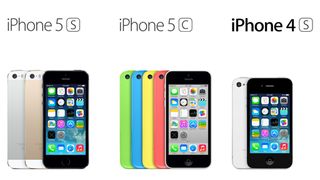
Apple's 2013 iPhone lineup consists of 3 different models, the iPhone 5s, iPhone 5c, and iPhone 4s. Here are the models and price points, both on and off contract.
- $0/$450 - iPhone 4s 8GB
- $99/$549 - iPhone 5c 16GB
- $199/$649 - iPhone 5c 32GB
- $199/$649 - iPhone 5s 16GB
- $299/$749 - iPhone 5s 32GB
- $399/$849 - iPhone 5s 64GB
Yes, the 32GB iPhone 5c is the same price as the 16GB iPhone 5s. One has more storage, the other higher specs. Price, it turns out, isn't the only factor!
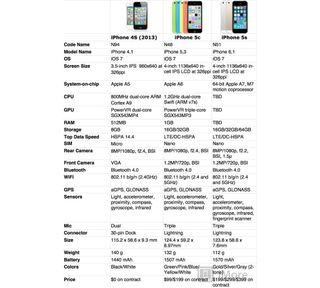
Up-front vs. total cost of ownership
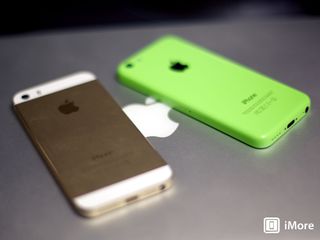
While the cheapest iPhone 4s is $0 on contract and the most expensive 64Gb iPhone 5s is $399, to get that subsidized price requires a 2-year contract in the U.S. Over the course of two years, when you add the price of the voice plan, data plan, and extras like voicemail, messaging, etc. you can easily end up paying over $2000, even for the "free" phone.
The up front difference between $0 and $399 is huge, especially if you have rent to pay or a family to feed. The total cost difference between $2000 and $2399 isn't nearly as big, relatively speaking, so if you have the extra money to spend, the value of the higher end option can outweigh the cost.
Finite vs. future-proof
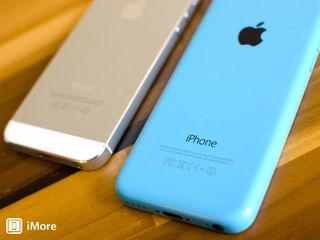
Apple is pretty good about supporting older devices. The 2010 iPhone 4 - currently only available in China - is getting the 2013 iOS 7, after all. However, compatibility comes with compromise. Older generation iPhones have older generation hardware. They have smaller screens, less memory, and slower processors. That means they don't get all the features, not even all of the interface eye candy.
So, while the iPhone 4 and iPhone 4s might be getting iOS 7 this year, and be able to run iOS 7 apps, the odds of them getting iOS 8 and iOS 9 next year and the year are negligible. If you're stuck on a two year contract, that can suck. The frustration level alone can easily overwhelm $100 or even $200 in savings. Trying to sell them doesn't return a lot of value either.
Master your iPhone in minutes
iMore offers spot-on advice and guidance from our team of experts, with decades of Apple device experience to lean on. Learn more with iMore!
Alternatively, the iPhone 5c and especially the monstrously powerful iPhone 5s likely have many years of useful life ahead of them, well beyond the life of a contract. And, of course, they enjoy much higher resale value.
Who should get an iPhone 4s?
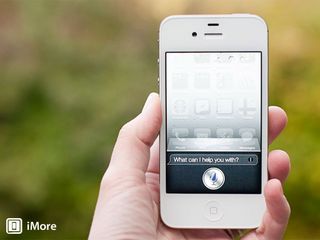
The iPhone 4s has a decent camera and comes loaded with Siri, Apple's personal digital assistant. Other than that, however, it has a small 3.5-inch screen and two year old technology. I maxes out at 3G HSPA networking, and has a pathetic 8GB of internal storage.
If there's any way for you to save up even $99, do it and get a better model. Otherwise, if you have absolutely no money beyond the monthly contract cost, yet really want an iPhone, get an iPhone 4S.
Who should get an iPhone 5c?
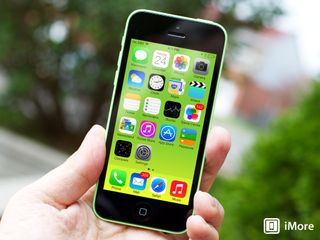
The iPhone 5c is based on last year's iPhone 5. It's slightly less expensive, and is aimed at people for whom price is slightly more important. Mainly, however, it's meant to be a lot more fun. It's got colorful shells made of durable plastic, and otherwise all the great tech and still good specs of last year's flagship. That means a taller 4-inch screen and LTE networking.
If you want a great iPhone at a slightly better price, and the new palette and feel holds a lot of appeal to you, save a few bucks, have some more fun, and get the iPhone 5c.
Who should get an iPhone 5s?
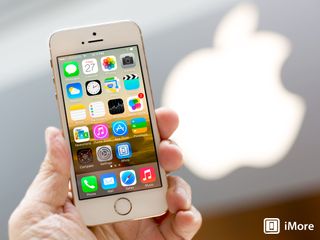
The iPhone 5s is the new, high-end, flagship iPhone. The gold standard. Literally. With it you get truly next-generation technology like the Touch ID fingerprint scanner, the much-improved camera, and the amazing Apple A7 chipset. It will cost you more up-front, but it will last you longer, and it will give you access to the future sooner.
If you're an early adopter, if you appreciate premium products, if photography is important to you, if you want the best of the best, get the iPhone 5s.
Still undecided?
If you're still not sure about which to get between the iPhone 5s, iPhone 5c, or iPhone 4s, jump into our iPhone discussion forums and the best community in mobile will happily help you out.
Bottom line, don't spend money you don't have, but don't skimp if you don't have to. Your iPhone will be one of the most often-used, most important possessions in your life. Get as much iPhone as you can reasonably afford, and then enjoy!

Rene Ritchie is one of the most respected Apple analysts in the business, reaching a combined audience of over 40 million readers a month. His YouTube channel, Vector, has over 90 thousand subscribers and 14 million views and his podcasts, including Debug, have been downloaded over 20 million times. He also regularly co-hosts MacBreak Weekly for the TWiT network and co-hosted CES Live! and Talk Mobile. Based in Montreal, Rene is a former director of product marketing, web developer, and graphic designer. He's authored several books and appeared on numerous television and radio segments to discuss Apple and the technology industry. When not working, he likes to cook, grapple, and spend time with his friends and family.


